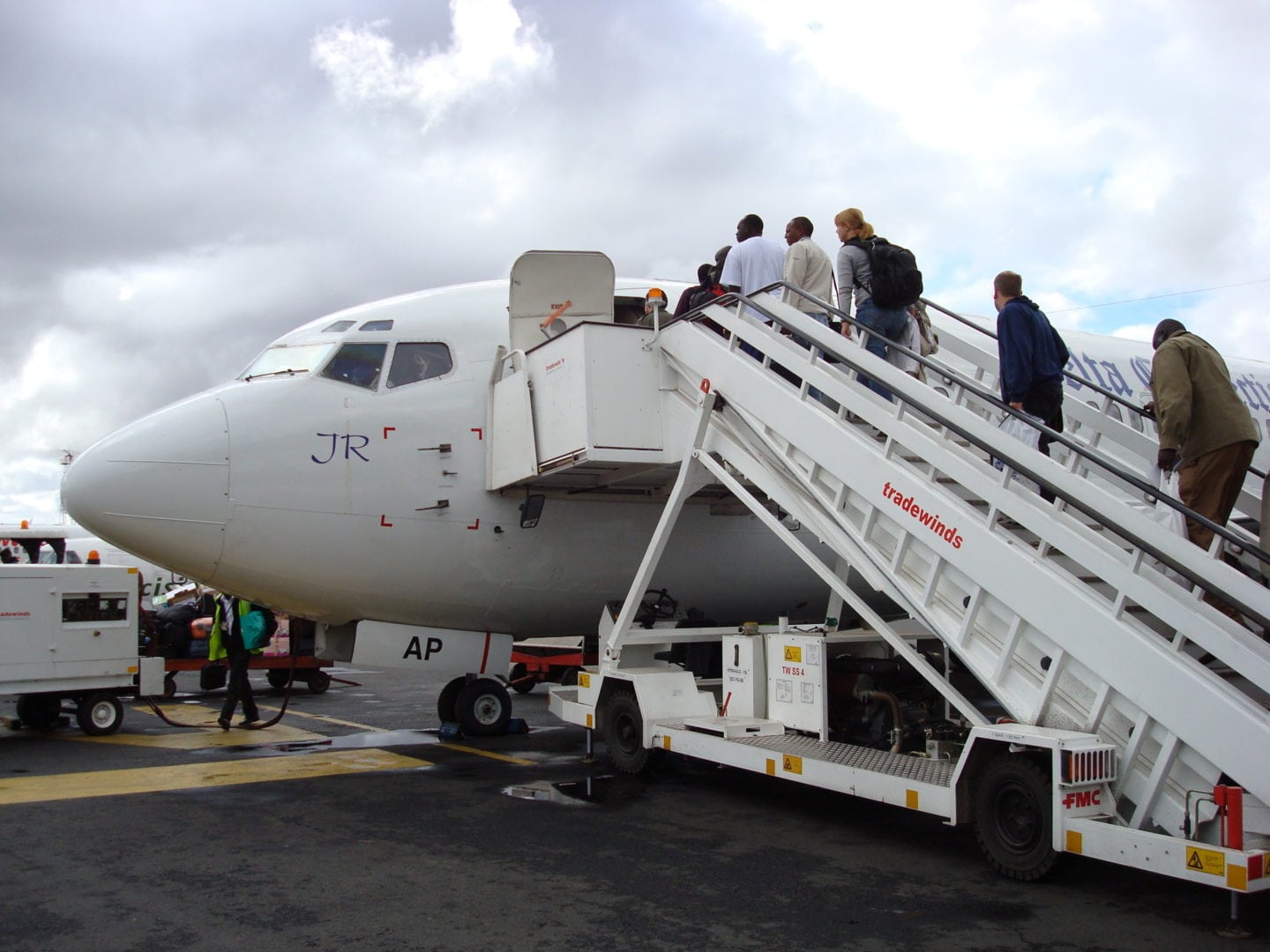Bleasure' trips are unfortunately not as attractive to the employer as they are to the employee

Bleasure: Why not?
Imagine this: you’re on a business trip in an exotic location and you’re longing for a vacation.
Your flight and hotel are already paid for, so would it be so bad to stay for a few more days? It’s just a matter of working hard for a couple of days, then it’s time to relax and sip cocktails by the pool!
Who wouldn’t want this, right?

This wouldn’t be such a bad idea. Financially, it shouldn’t make a difference to your organization. The flight is already booked, the HEAT course is taken care of, and the additional hotel nights will be at your own expense. Really, it’s a win-win situation. In the travel industry, this phenomenon is known as ‘bleasure’. It’s literally mixing business with leisure, which in some organizations became a very important employment condition.
Yet, what are the risks that go hand in hand with this scenario? Caution! If you got excited by the picture I painted above, it’s not recommended to read further.
KLM pilot
From a jurisprudence standpoint, there are certainly risks for the employer that accompany this term. The Supreme Court of the Netherlands made their ruling very clear in the ‘KLM arrest’ case in 2005. What happened was that a KLM pilot was terribly injured in a traffic accident during his layover between two flights. The Supreme Court stated that according to Article 7:611 BW, the layover counted as part of his business activities, thus KLM was obliged to act as a responsible employer. KLM was compelled to compensate the pilot because he didn’t have insurance coverage for this specific incident.
Voluntary ‘layover’
What you’re probably wondering is, if this same verdict applies to the ‘bleasure’ traveler. Needless to say, the traveler needs an inbound and outbound flight in order to execute the pre-determinate business-related activities. Although opposite to the ‘KLM arrest’ case, the traveler is not on duty during these flights, travel time is often considered part of the labor hours.
Therefore the vacation time of the ‘bleasure’ traveler is possibly comparable to the pilot’s layover and in that, the pilot’s case might be compared to that of a ‘bleasure’ traveler. The only difference here is that this ‘layover’ is voluntarily requested by the traveler.
Risk Assessment
How does this play out in the real world? The traveler asks his boss for permission to prolong the stay. In most cases, the costs and days off are for the traveler’s account. One can argue that if the boss gave the traveler permission to stay longer, he agreed with a ‘layover’. One can also assume that all the safety and security risks of the location were assessed for the business trip.
This risk-assessment obviously also applies to the extra days he or she will be spending there. What’s more, these security risks often increase due to the traveler’s involvement in extreme sports and tours in dangerous areas of the country while on vacation.
Seriously injured
Now imagine the traveler is seriously injured during his vacation period. Even though he or she is not working at that time, there is still a chance the employer will be presented the bills for the damage. If permission was granted to the employee, comparable to the ‘KLM arrest’ case, the employer might still be held liable if the traveler lacks sufficient insurance coverage.
An aggravating issue could be that the organization’s security policy wasn’t applied during the traveler’s vacation days while essentially the risks weren’t reduced.
Duty of Care
From a duty of care perspective, ‘bleasure’ brings along various risks to the employer. How can these be overcome? A clear legislation regarding this topic is not yet available. However, there are specific measures that can be taken to reduce the risks.
What can you do?
- The easiest option is to not allow ‘bleasure’ trips. It should be clear that the employee is on a business trip and once the work is done, he or she should return home immediately. A positive side-effect is that the employee will be completely focused on the tasks they were sent to complete instead of already thinking about their vacation.
- Another option is to agree on a specific time for the vacation to start. Regardless of this being a ‘bleasure’ issue or not, it is always smart to make clear what is considered private and what labor. The outbound flight, though, is always considered labor hours, thus this option is the riskiest one.
- Another alternative is to make the employee take an outbound flight at his or her own expense. The private time of the traveler will then have a clear start. As a side note: this will probably eliminate the financial benefit of a bleasure-trip.
One last thought
One last thought on bleasure-traveling in general. If a traveler, traveling abroad on a vacation after business, has an accident, the traveler’s family will most likely still contact the employer for support. As the employer, you will need to find all personal insurance policy information quickly as well as all there is to know about his or her travels. This will not always be easy and will evidently take up a lot of time. Hence, ‘bleasure’ trips are unfortunately not as attractive to the employer as they are to the employee.